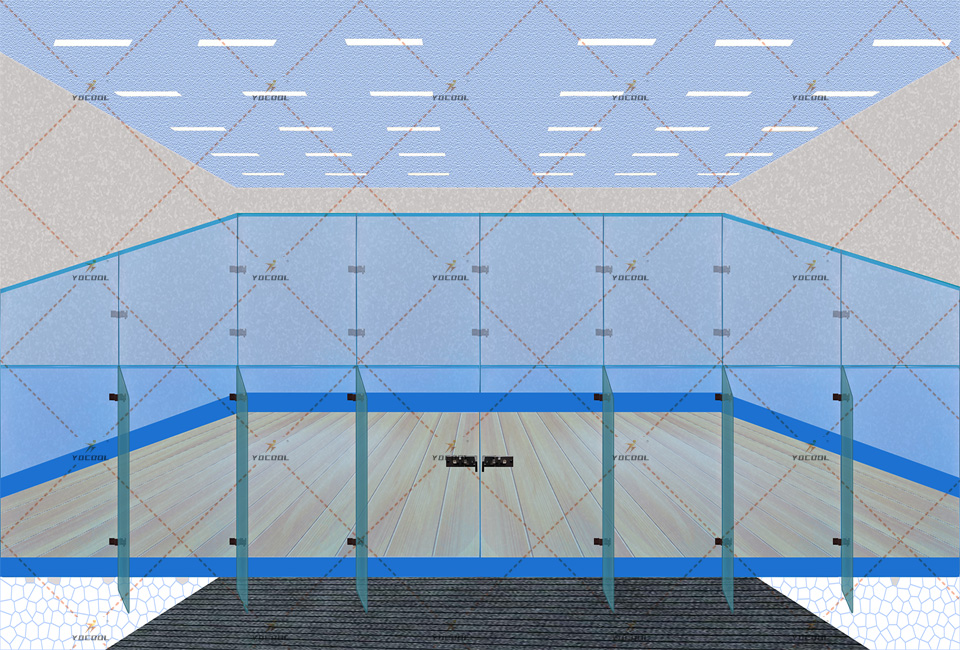

Exploring the World of Tennis and Padel Courts
Tennis and padel, two racquet sports gaining immense popularity worldwide, share similarities yet present distinct playing experiences. At the heart of both sports lie their respective courts, which are pivotal to gameplay. Understanding the layout, construction, and unique features of tennis and padel courts can greatly enhance a player’s appreciation and performance.
Tennis Courts A Traditional Perspective
A standard tennis court measures 78 feet long and 36 feet wide for doubles play, while singles matches use a narrower width of 27 feet. The court is divided by a net that stands at 3 feet high at the center and 3.5 feet at the posts. The surface of tennis courts can vary, including grass, clay, and hard surfaces, each offering unique playing characteristics.
Grass courts provide a fast game with a lower bounce, favoring serve-and-volley styles. On the other hand, clay courts allow for a slower pace, providing higher bounces and favoring baseline rallies. Hard courts represent a middle ground, making them the most widely used surfaces in professional tournaments, such as the US Open and the Australian Open.
The dimensions and surfaces of tennis courts also influence strategies and player movements. Excellent footwork and endurance are crucial, as players often need to cover significant distances in fast-paced exchanges.
Padel Courts A Rising Star

In contrast, padel courts are smaller, measuring 20 meters long and 10 meters wide. The court is enclosed, featuring walls that players can use to play the ball, adding an exciting dynamic to the game. The use of walls allows for intricate shots and strategies that differ significantly from tennis.
Padel is often likened to a mix of tennis and squash, focusing on sharp angles and quick reflexes. The net height is similar to tennis, but the enclosed nature of the court means players can create diverse shot selections that incorporate the walls. The game is typically played in doubles, fostering a social and engaging atmosphere.
The surface of a padel court is usually made of artificial grass, providing excellent traction while ensuring player safety. The space-efficient design makes padel courts ideal for urban areas, where space might be limited, contributing to the sport's rising popularity in cities around the globe.
Conclusion The Future of Racquet Sports
As tennis and padel continue to evolve, their courts will remain central to the experience. Both sports offer diverse challenges and exhilarating gameplay, appealing to both competitive and recreational players alike. Whether on a traditional tennis court or an innovative padel court, players will find unique joys in mastering their respective games.
With the rising interest in both tennis and padel, investing in quality court construction and maintenance should be a priority for clubs and players. As these sports continue to flourish, it is clear that their courts will serve as sanctuaries for athletic expression, competition, and community connection for generations to come.
High-Performance Industrial Flooring Solutions China Paddle Tennis Court for Sale
High-Performance Industrial Flooring Solutions Durable & Cost-Effective
Homogeneous Transparent Floor – Durable & Stylish Rubber Floor Solutions
Premium Homogeneous Transparent Floor for Durable & Stylish Spaces Rubber Floor Solutions
Premium Sports Floor Solutions Durable PVC Sports Floor & Rubber Floor for Gyms
Durable Rubber Composite Floor Premium Rubber Floor & Mats Solutions